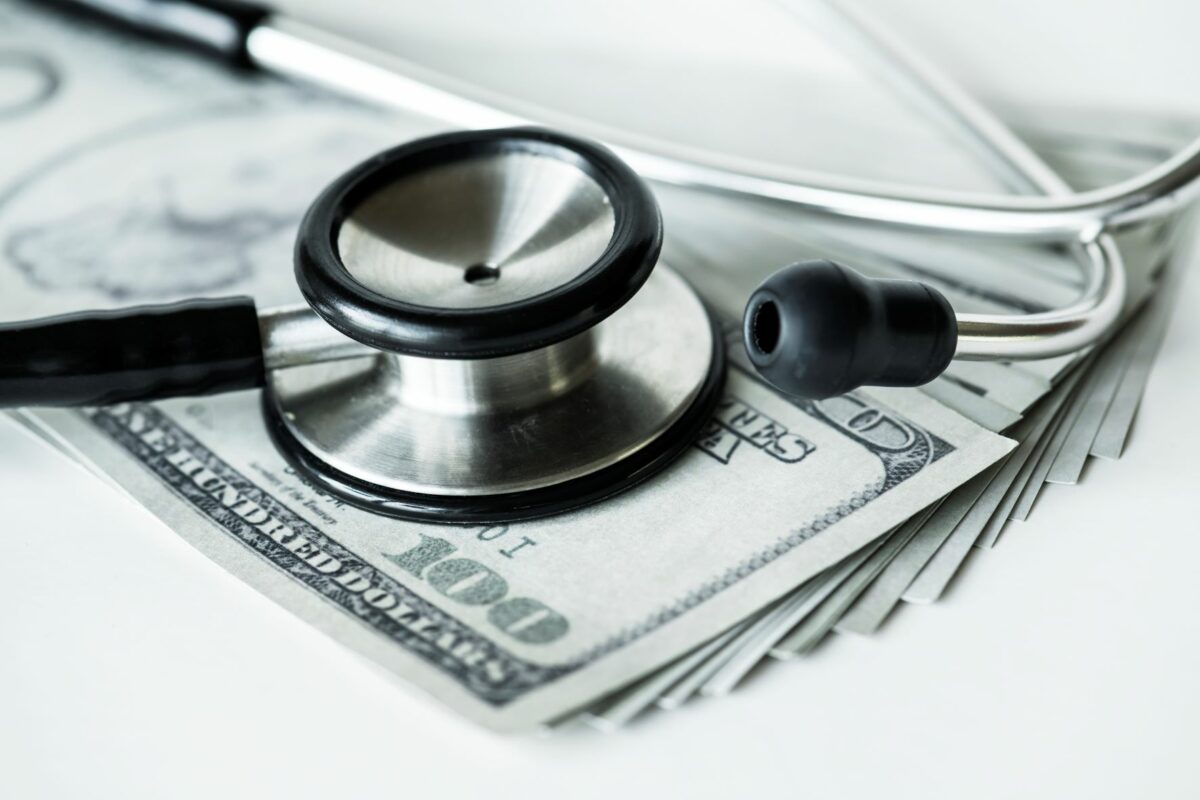David didn’t have health insurance when he was diagnosed with diabetes recently. The shock of having to cope with a severe chronic condition was bad enough, but now he was faced with having to pay nearly $700 per month just for the medication to treat his disease. Along with this, the American Diabetes Association estimates the added annual expense of treating this chronic condition is almost $18,000. With a family income of less than $24,000 a year, there was no way David would be able to afford this condition.
Unfortunately, when he turned to the two health insurance options available for low-income individuals, he fell through the cracks. Medicaid would cover his wife, and the Children’s Health Insurance Program (CHIP) would cover his two young children. But the Medicaid program is administered by states, each of which has their own rules and eligibility criteria. In Texas, a man like David who is not disabled and is under the age of 65, does not qualify for benefits. He could get coverage through the Health Insurance Marketplace Exchange, but it would cost him more than $300/month. This too was unaffordable.
When you’re in a situation where you need life-saving therapy, but you can’t afford insurance coverage, there are a variety of resources available to help cover the costs. Sometimes we just need help finding them.
While these resources may not be available for all chronic disease conditions, especially those that are rare, you may be surprised how much help is out there if you know where to look.
Confide in your healthcare provider. This will help providers understand your needs better so they can help you stay healthy. For example, they may be able to prescribe a generic treatment or an alternative drug that is less expensive. Some may also be able to provide resources and suggestions for other options. David’s doctor, for example, gave him drug samples that could tide him over until he found a more sustainable way to pay for treatment.
Look for manufacturer assistance programs. Many pharmaceutical companies have programs that can provide financial assistance for the uninsured and copay assistance for those with insurance who are still unable to afford their medication. You can find this information by doing an internet search for the company that makes your medication, the name of the medication, and the term “patient assistance” or “financial assistance.”
When David explained his situation to the patient care coordinator at the company that makes his medication, he was able to apply for and receive his medication free for several months until he could find a long-term solution.
See if you qualify for Social Security disability. If your disease makes it impossible for you to work, consider this option. The process is not easy or quick, but if you are accepted for Social Security Disability Insurance (SSDI) or Supplemental Security Income (SSI), you will also qualify for Medicaid. The added good news about this program is Medicaid benefits will start retroactive to the date you applied for disability. Here’s the Social Security link.
Look for local resources. Local health departments and federally funded health clinics can help those with chronic conditions find medical care at little or no cost. The following directories can help you locate resources in your community:
Explore patient support groups. Nonprofit organizations exist for nearly every chronic disease. These groups can put you in touch with others who can provide support and real-world experience of living with your disease. Most also share evidence-based information and the latest research about how to live well with the condition. In addition, a number of these organizations also have an assistance fund to help those in financial need afford the care they need.
CSI Pharmacy’s website provides support group contact information for many of the patient communities that we serve.
For other conditions, do an internet search using terms that include the name of the disease and “support group.”
Look for help through charity organizations. A variety of nonprofit foundations provide financial assistance grants targeting specific conditions or medications. The following are organizations we are aware of that provide this sort of help. You may find others by searching for “financial assistance” and the name of your disease or medication.
- Accessia Health (formerly known as Patient Services, Inc.) helps with insurance copays and premiums, ancillary costs of care, travel expenses, and infusion costs for a range of chronic and rare diseases. They also provide free legal help for those trying to navigate the confusing systems of disability and health insurance.
- The Assistance Fund provides financial assistance for copayments, coinsurance, deductibles, and other health-related expenses for 80 specific disease communities. Be aware that this source will only support medications that are FDA-approved for the condition you have.
- Healthwell Foundation provides financial assistance to help with prescription copays; health insurance premiums, deductibles, and coinsurance; pediatric treatment costs; and health-related travel costs. Their list of disease funds is limited, and they often exhaust available funds quickly, so you may need to keep checking to see if funds relevant to you are available.
- National Organization for Rare Diseases (NORD) provides financial assistance to help pay for medications, insurance premiums and co-pays, diagnostic testing, and travel for clinical trials or consultation with disease specialists. The list of diseases with which they work is limited to specific rare diseases. They also have a list of resources that provide financial assistance beyond rare disease.
- Patient Advocate Foundation provides qualified patients with financial assistance for co-pays and co-insurance for prescription drugs for those living with specific disease states. In some instances, assistance with insurance premiums and/or ancillary services associated with the disease also may be available. Individuals must have health insurance, have a confirmed diagnosis, live in the US, and meet certain income limits.
These resources are provided as a service to our patient communities. CSI Pharmacy does not certify or vouch for any of the organizations listed here nor do we benefit in any way from providing this information. If you choose to access these resources, please review the organization’s information carefully before committing to its services or benefits.

